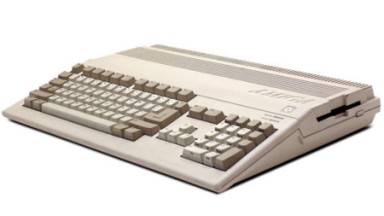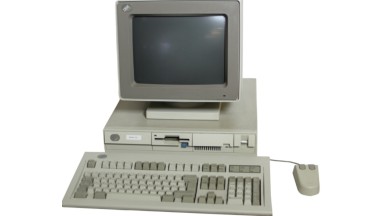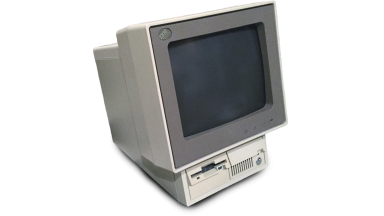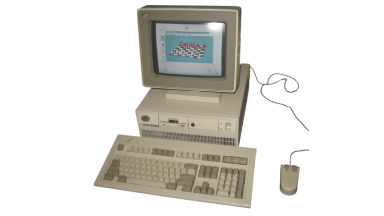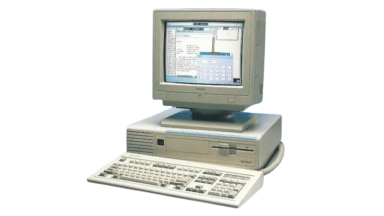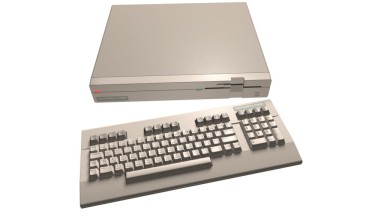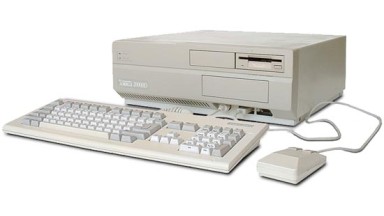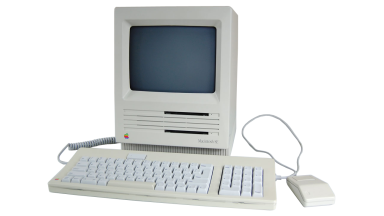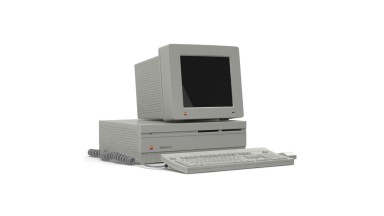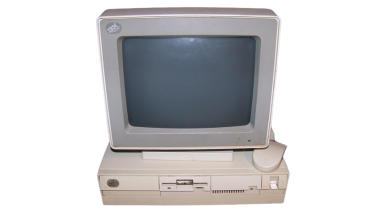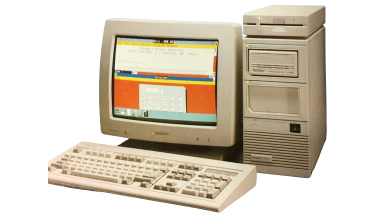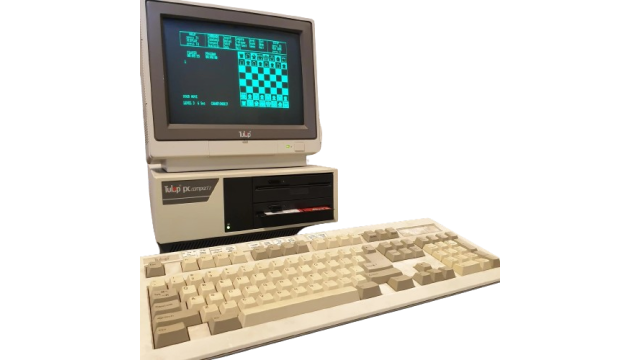
Tulip PC Compact2
An IBM PC compatible equipped with an NEC V20 microprocessor, which, being a clone of the i8088, surpassed it in performance.
Technical specifications of computer Tulip PC Compact2
Manufactured by: Tulip
Launched: 1987
Manufactured in  Netherlands
Netherlands
CPU: NEC V20
@ 9MHz
Memory: 640 KB
Support: Diskette 5¼"
Hard drive:
20 MB
Operating system: MS-DOS 3.30
This computer is the fastest IBM PC compatible on the market, with an NEC V20 capable of running at 4.77 MHz, 7.15 MHz, or even 9.54 MHz.
The Tulip Compact 2 also has a real-time clock, something rarely seen in computers of this era. Combined with 640 KB of memory and support for high-density disks, it was a top-of-the-line machine.
The machine was also the turning point for the Tulip brand and made the company big. This was due to the fact that businesses and the government wanted their employees to work with computers as well. Because of this, they invented PC Privé projects. Employees could purchase computers with tax benefits and a discount (due to the large quantities purchased). The Tulip PC Compact 2 was the first computer that could be purchased with this system.
The first PC Privé was organized by Rabobank. They expected to have only a few takers, but ended up selling tens of thousands of computers. People could choose from options such as hard drives, the number of floppy disk drives (5.25" or 3.5"), and whether or not they had a color monitor. Tulip fulfilled all these requests, manufacturing 7 days a week and using all its stock.
Eventually, Rabobank rented three large halls (including the Jaarbeurshallen in Utrecht) where people could pick up their computers.
The default configuration for these machines was a 20 MB hard drive, a 360 KB 5.25" disk, and a monochrome DGA monitor. The retail price was 4,490.00 HFL (excluding tax).
